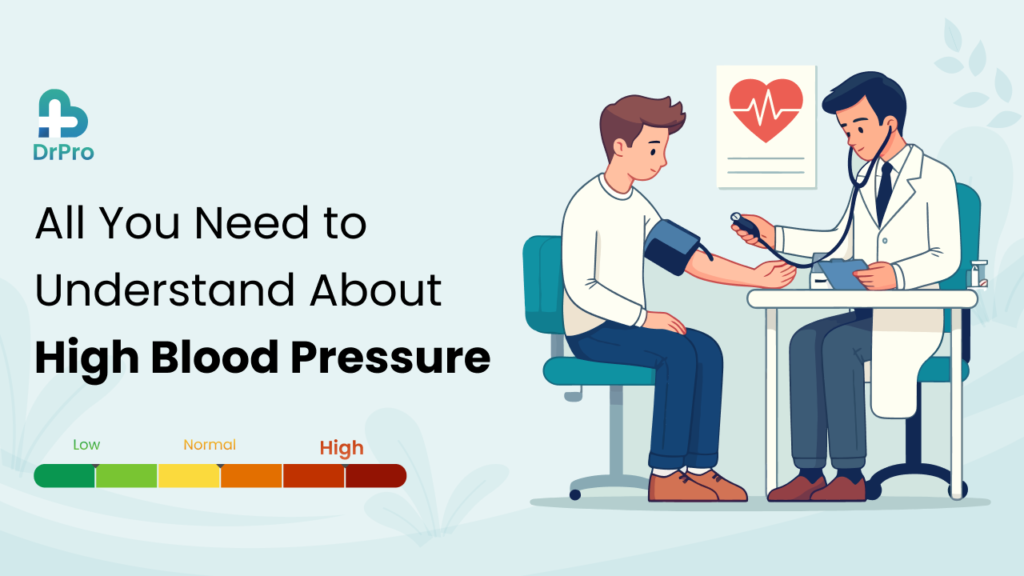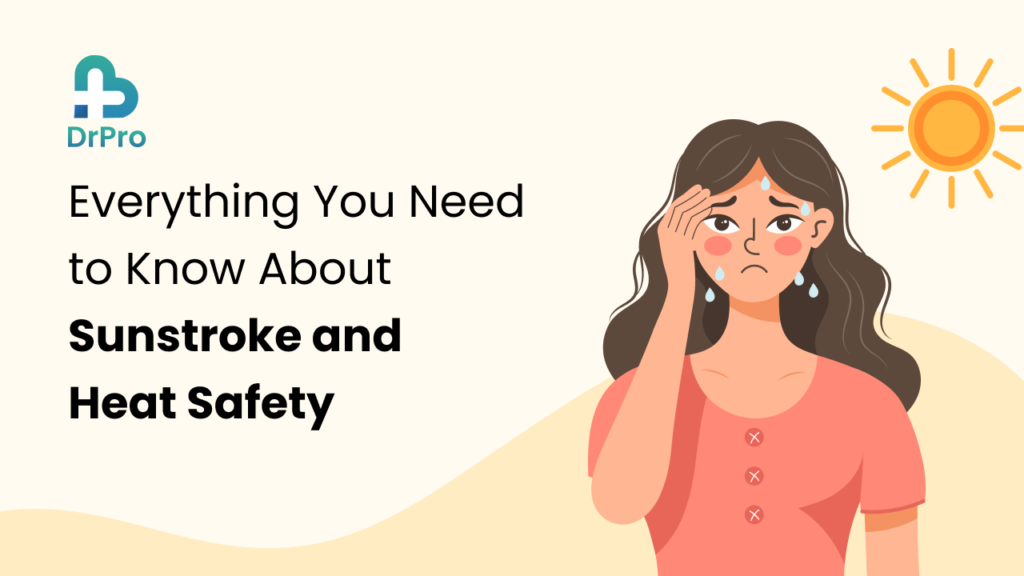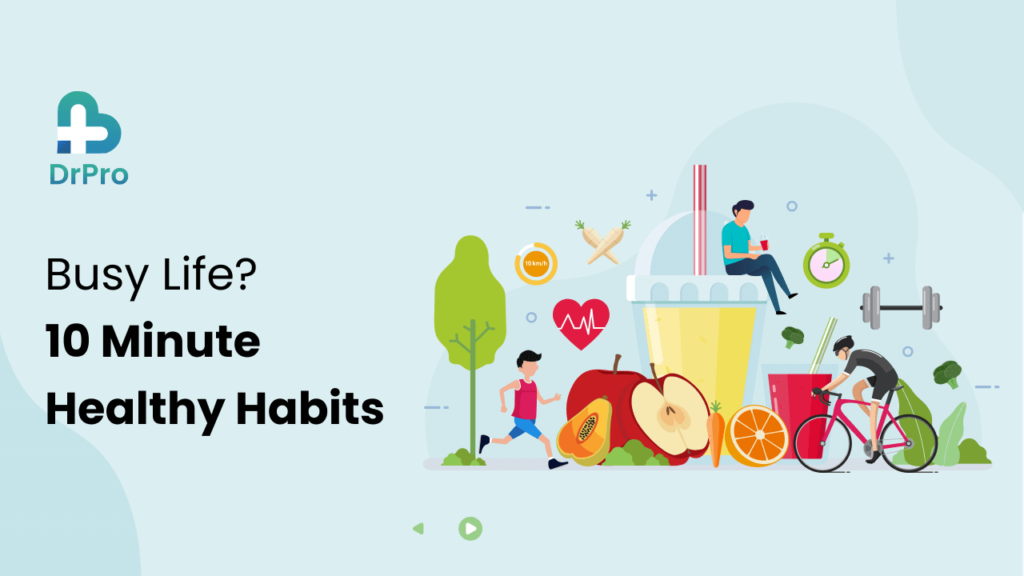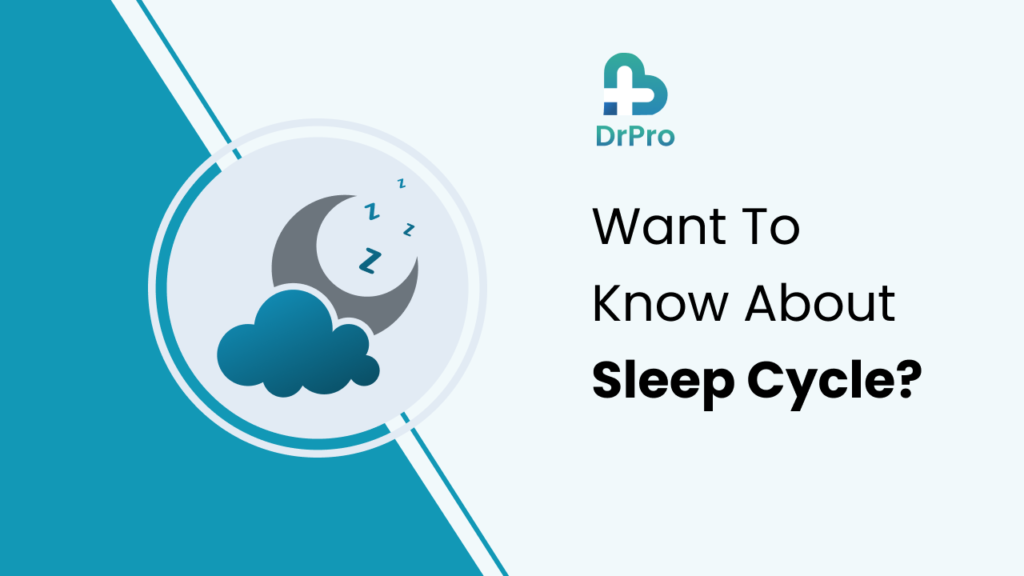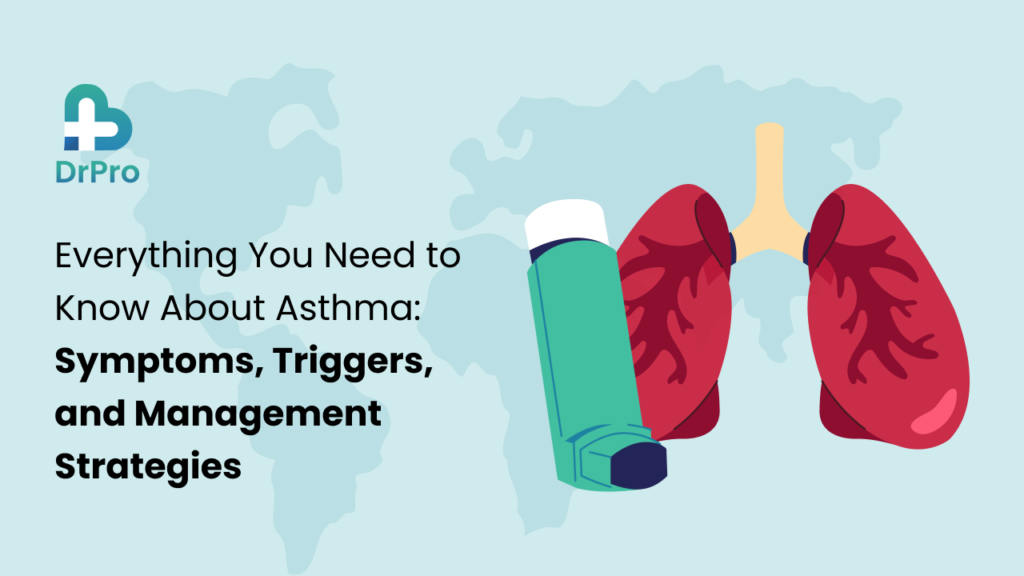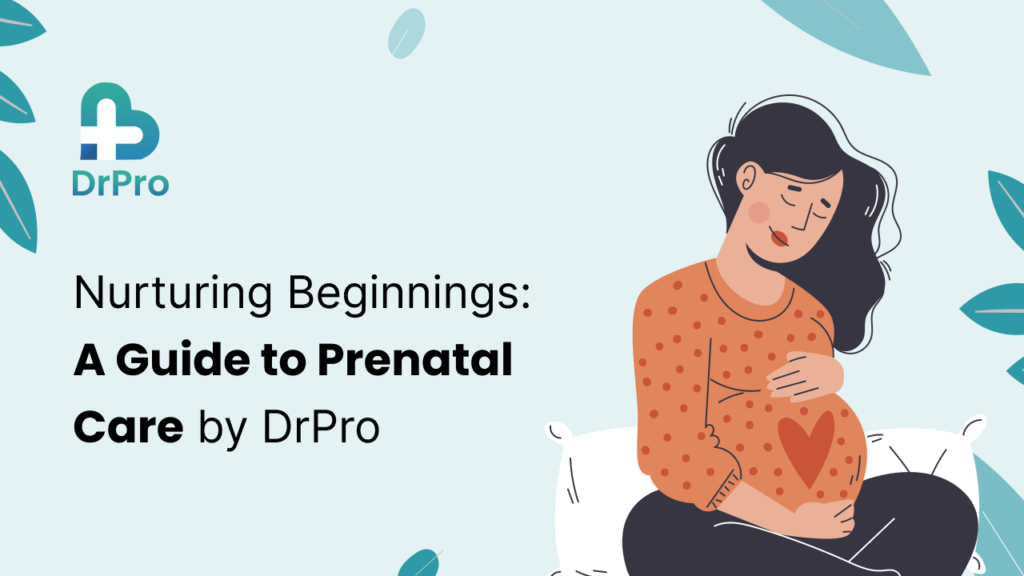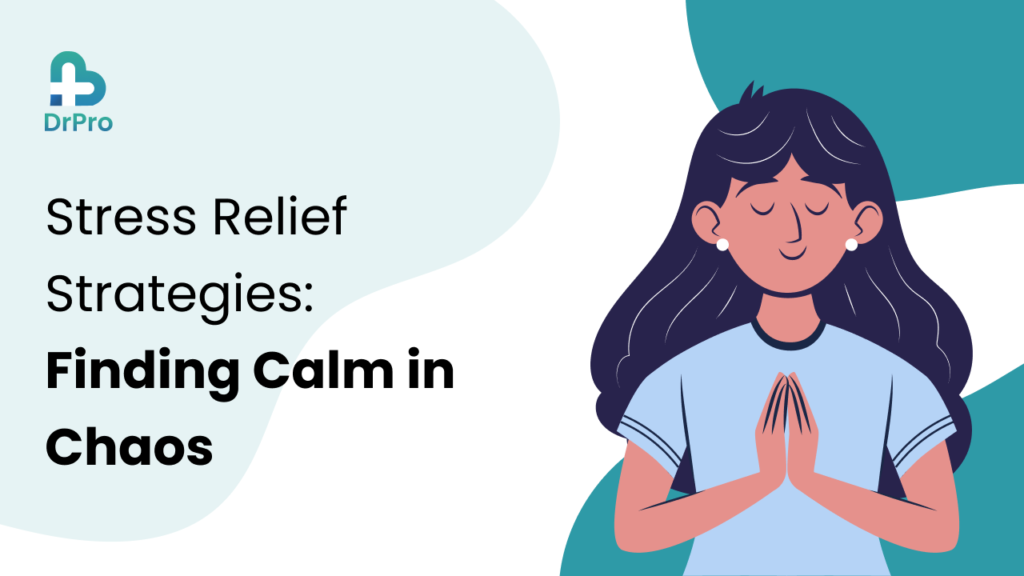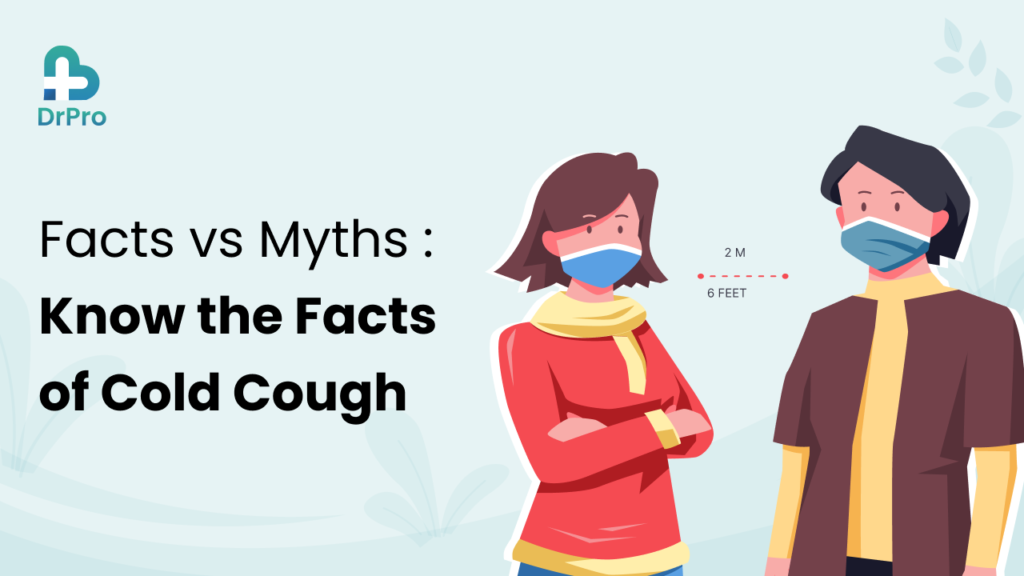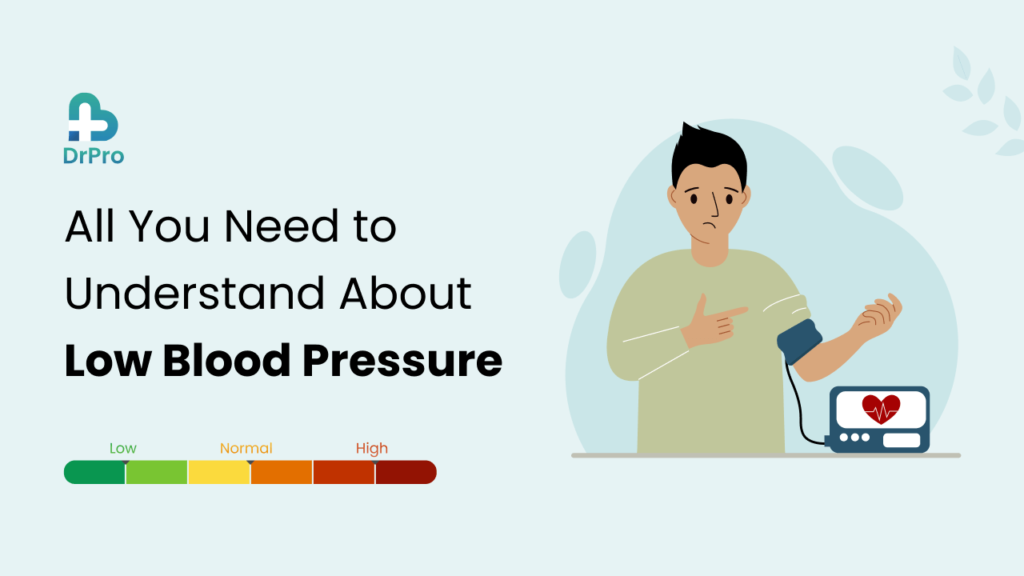
Understanding Low Blood Pressure: Symptoms, Treatments, and Causes
Low blood pressure, medically referred to as hypotension, happens when blood flows via the blood vessels at a stress that’s lower than regular. While excessive blood stress is normally discussed, low blood pressure also can result in full-size health issues if left unmanaged. For some humans, hypotension is a sign of right health, but for others, it could motivate signs that intervene with day-by-day lifestyles. Understanding low blood strain, such as its signs and symptoms, reasons, and remedies, is vital to preserving basic health. What is Blood Pressure? Blood stress is the force exerted by circulating blood in opposition to the walls of blood vessels. It’s measured in numbers: systolic stress (the higher range) and diastolic pressure (the lower wide variety). The everyday range is commonly around 120/80 mm Hg. When blood stress drops below 90/60 mm Hg, it’s generally taken into consideration low. Blood pressure stages vary all through the day, motivated with the aid of activity, diet, and pressure. Understanding Low Blood Pressure Levels Hypotension isn’t always risky, however, whilst it turns into difficult, it could cause signs and headaches. Blood pressure varies from individual to man or woman, and what’s considered low for one character can be regular for another. Chronic low blood stress without signs and symptoms is frequently not a challenge, but surprising drops in blood stress or hypotension with symptoms can suggest underlying fitness problems that require attention. Incorporating an advanced solution like DrPro within a Hospital Management System can significantly enhance the overall efficiency and functionality of healthcare facilities. DrPro offers an integrated suite that covers everything from appointment scheduling and patient records to billing, inventory, and lab management—all streamlined within a single platform. With DrPro’s intuitive interface, healthcare providers can access critical patient information in real time, reducing delays in patient care and improving communication across departments. This comprehensive approach not only supports seamless hospital operations but also ensures that patient experience and care quality remain top priorities. Symptoms of Low Blood Pressure People with low blood strain may also revel in several signs and symptoms, which include: Dizziness or lightheadedness – in particular when standing up. Fainting (syncope) – because of insufficient blood go with the flow to the mind. Nausea – mainly when blood stress drops unexpectedly. Blurred or tunnel vision – because of insufficient blood flow. Fatigue – due to reduced blood glide and oxygen shipping. Shallow breathing – often takes place all through episodes of hypotension. Causes of Low Blood Pressure Low blood strain can have a couple of reasons, and expertise in them is fundamental to powerful treatment. Some not unusual causes include: Dehydration: Insufficient water consumption reduces blood volume, leading to low blood pressure. Heart troubles: Certain heart conditions, including bradycardia (sluggish heart rate) and coronary heart valve issues, can bring about hypotension. Endocrine issues: Disorders involving the thyroid, adrenal glands, and different hormonal imbalances can affect blood strain. Severe infections (septicemia): Infections that enter the bloodstream can motive septic surprise, which regularly leads to a sharp drop in blood strain. Nutritional deficiencies: A loss of critical vitamins like diet B12 and folate can intervene with blood manufacturing, impacting blood stress. Treatments for Low Blood Pressure Treatment for low blood strain relies upon the underlying cause and the severity of signs and symptoms. Common techniques consist of: Increasing salt intake: Sodium helps increase blood strain but must be monitored by employing a healthcare expert. Staying hydrated: Drinking sufficient water can assist hold blood volume and prevent drops in blood strain. Medications: Drugs like fludrocortisone and midodrine are now and again prescribed to raise blood pressure in cases of chronic hypotension. Lifestyle adjustments: Avoiding surprising role modifications, ingesting smaller, extra frequent meals, and carrying compression stockings might also reduce signs. Conclusion While low blood strain isn’t always a fitness issue, it can lead to signs and symptoms that impact everyday lifestyles and, in some instances, characterize underlying health problems. Staying hydrated, making lifestyle modifications, and working with a healthcare provider can help control hypotension correctly. For more tips on managing blood pressure and leading a heart-healthy life, follow our DrPro Health Blog and join our community dedicated to wellness. FAQs Q1. Is low blood stress constantly a trouble? Not always. Some humans have naturally low blood pressure without symptoms. Q2.What is taken into consideration dangerously low blood strain? Below 90/60 mm Hg, mainly if it causes symptoms. Q3. Can low blood pressure cause fainting? Yes, if blood floats to the brain is insufficient. Q4. What way-of-life adjustments can help control low blood pressure? Staying hydrated, ingesting more salt (under medical steerage), and averting surprising moves can help. Q5. Are there medications to treat low blood strain? Yes, sure medicinal drugs can be prescribed with the aid of a doctor if necessary.

